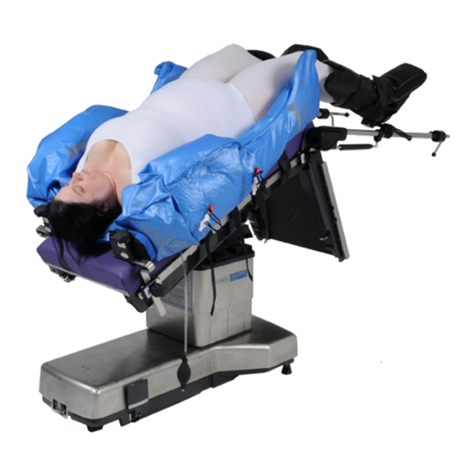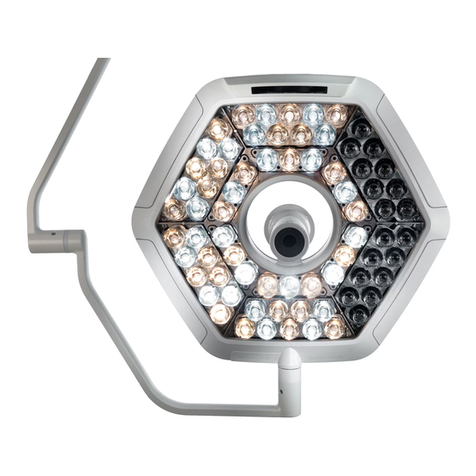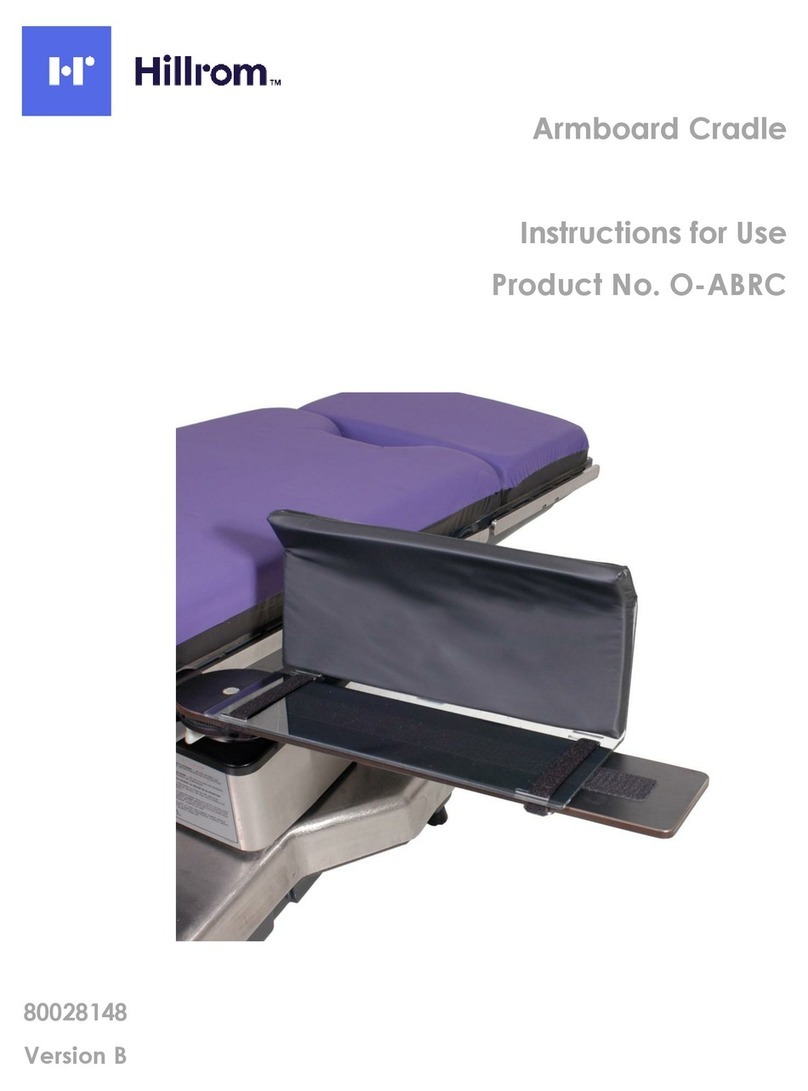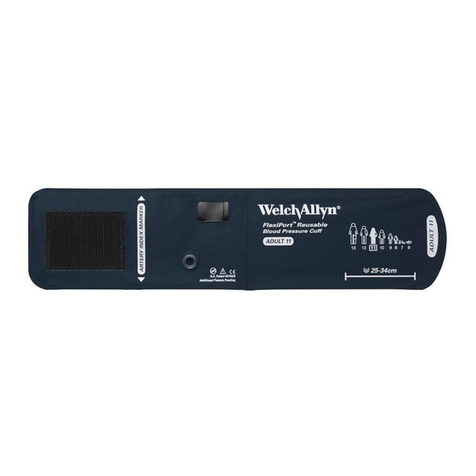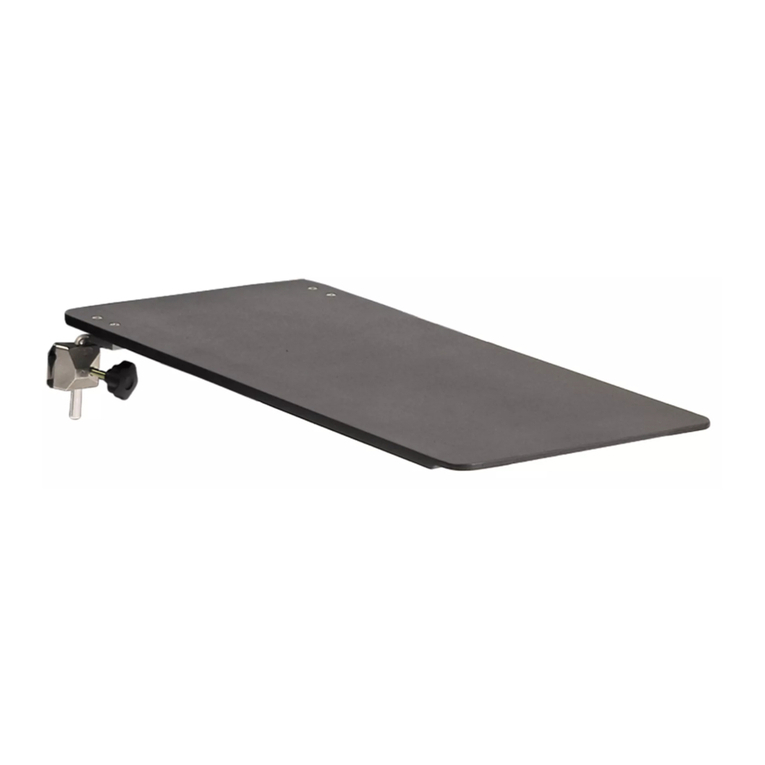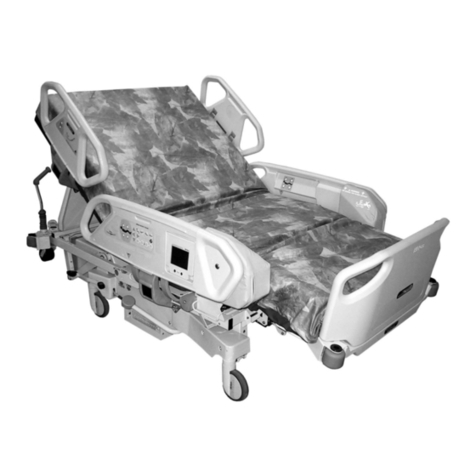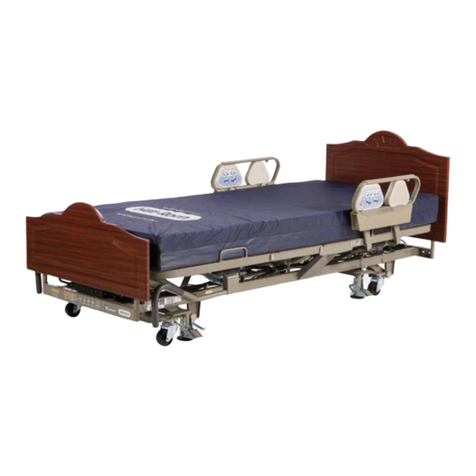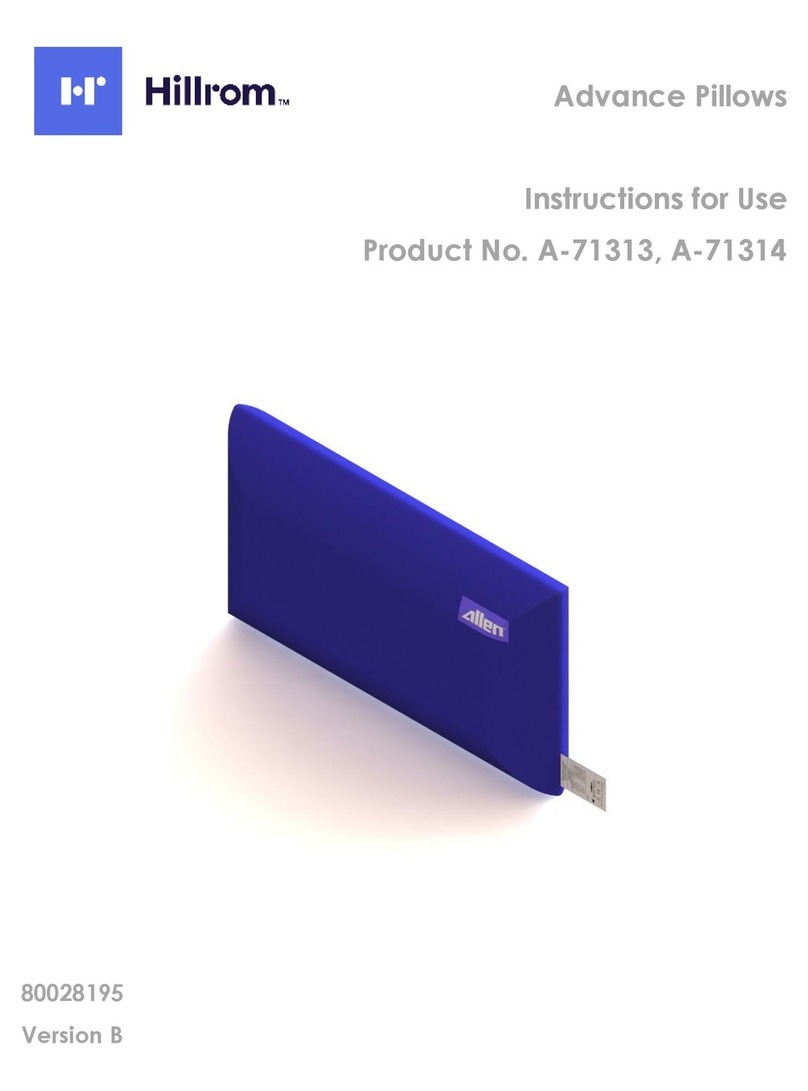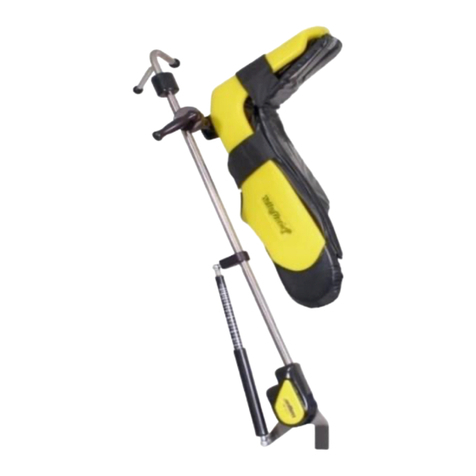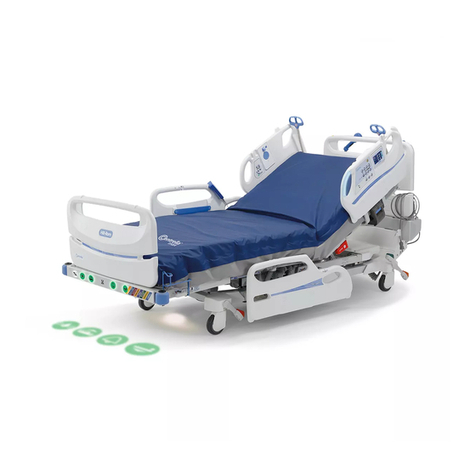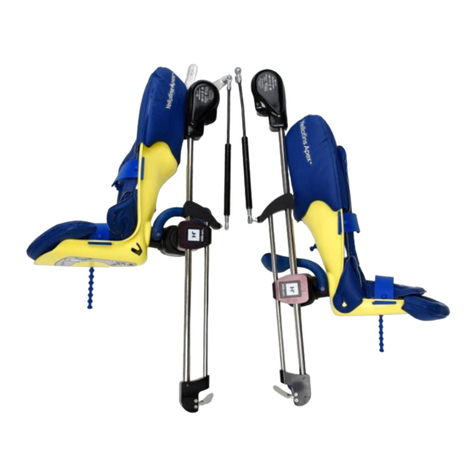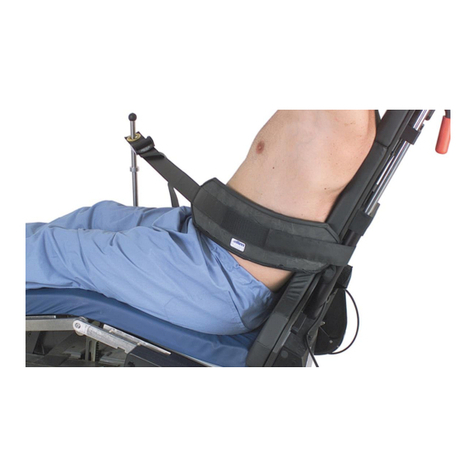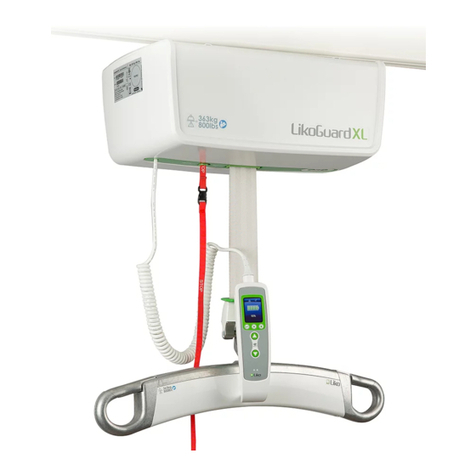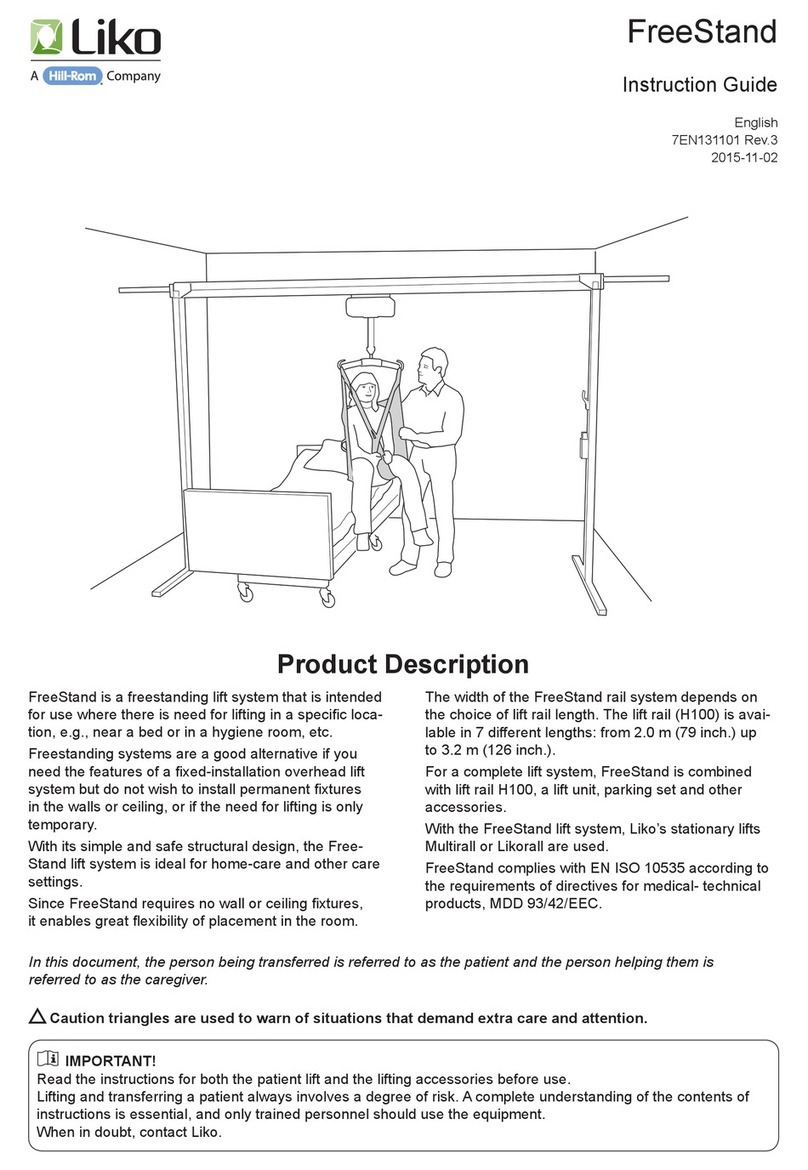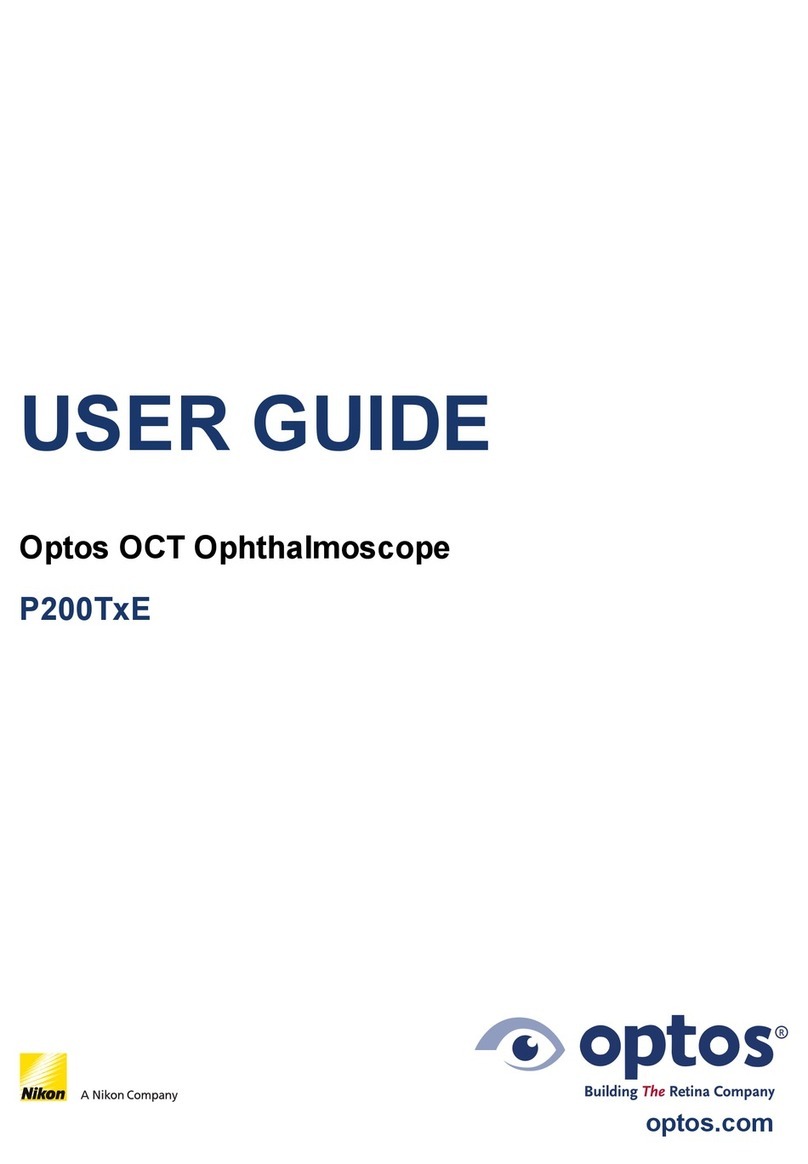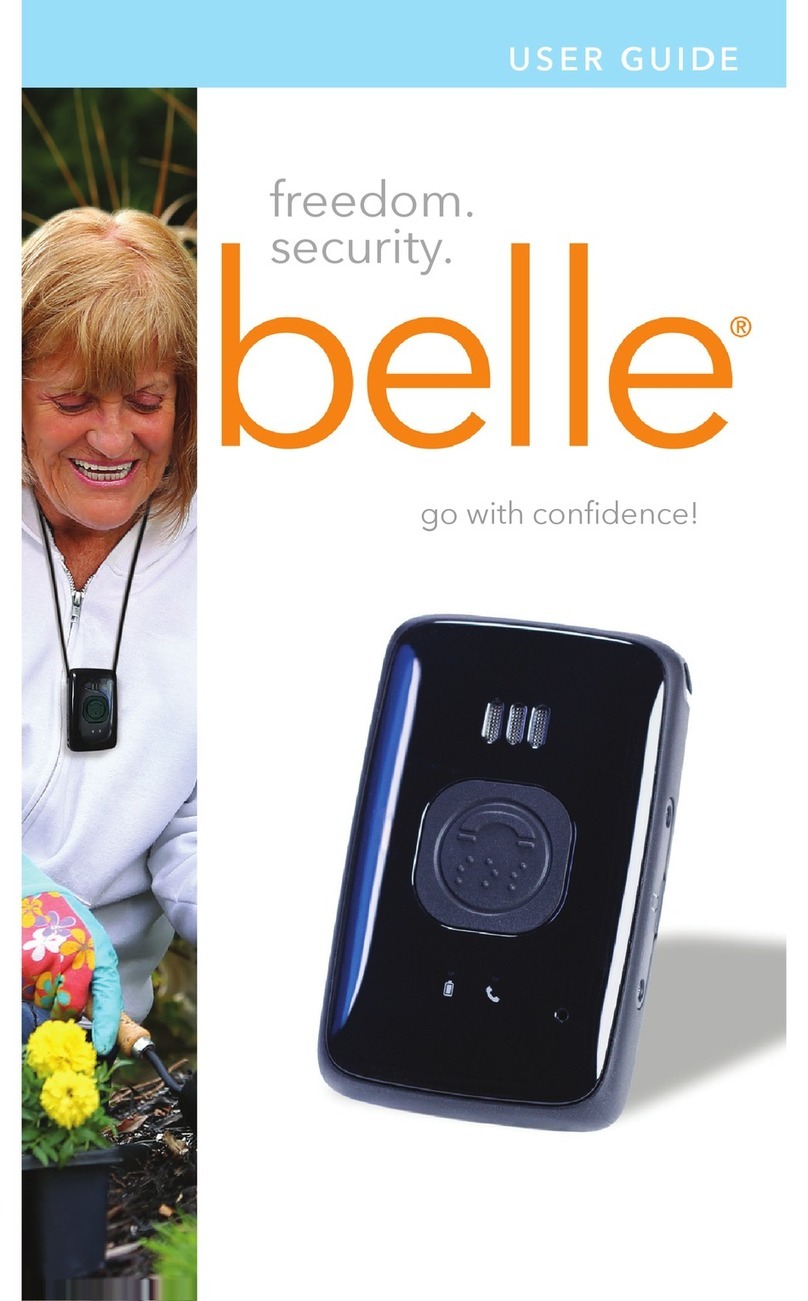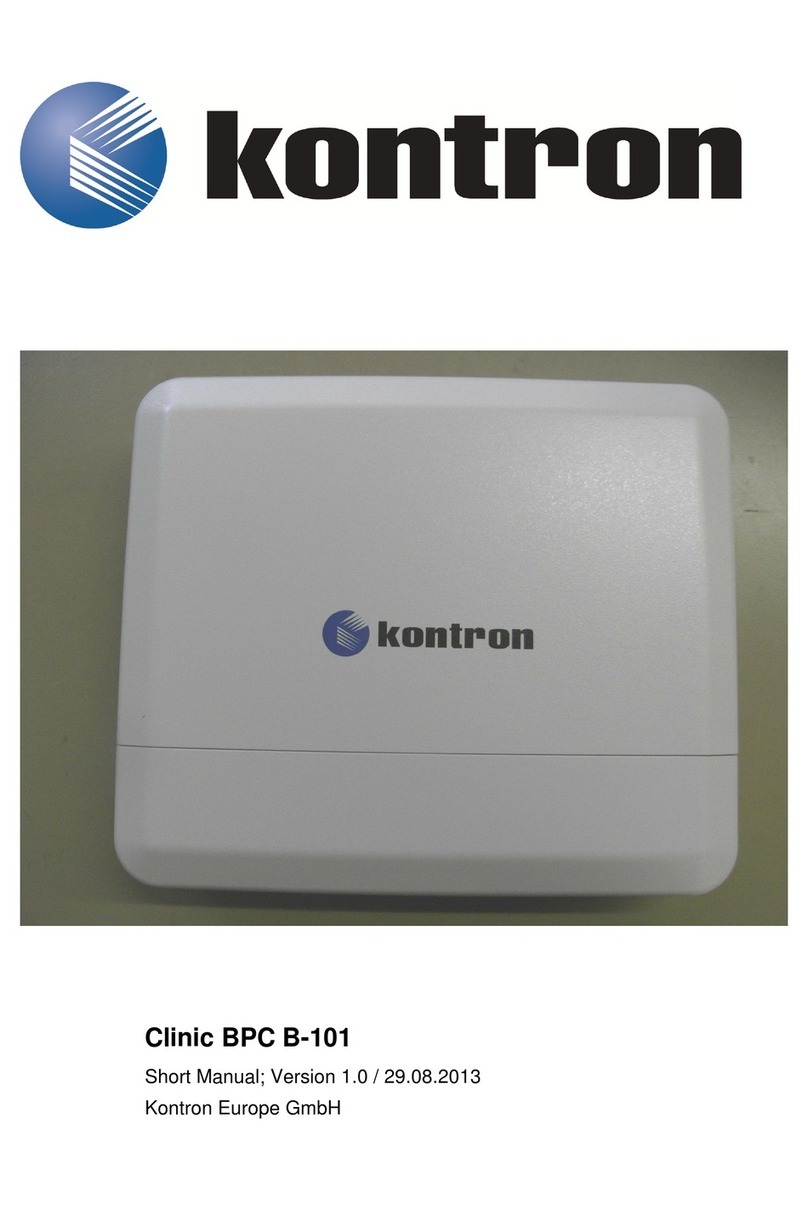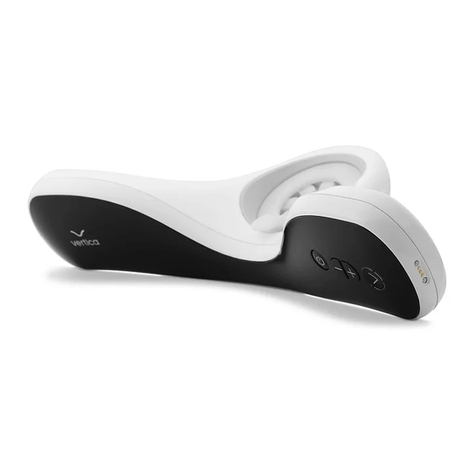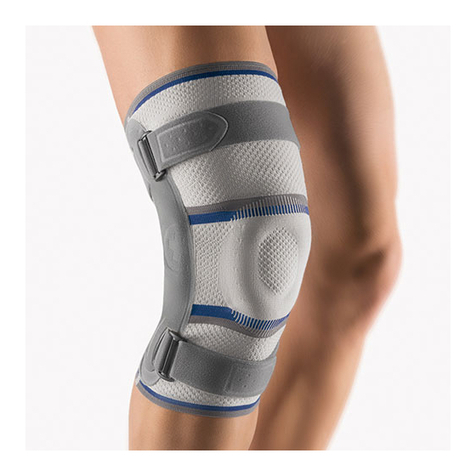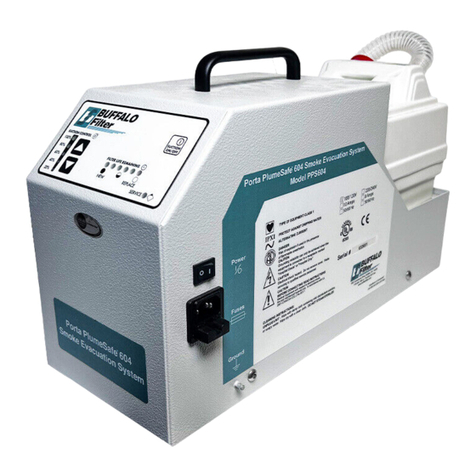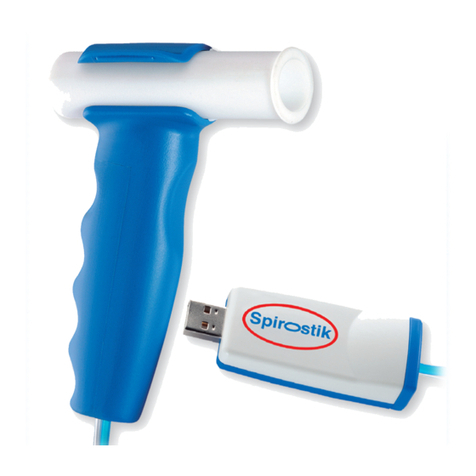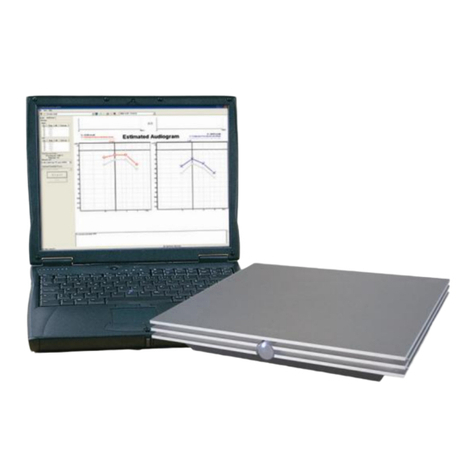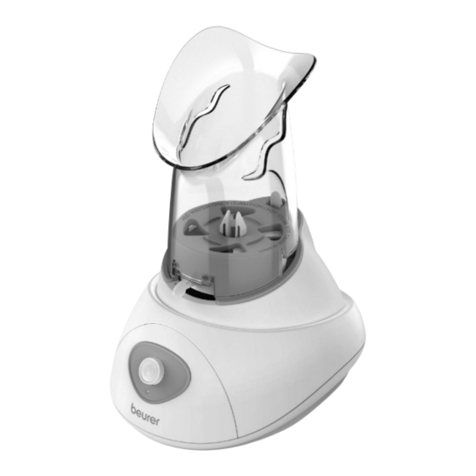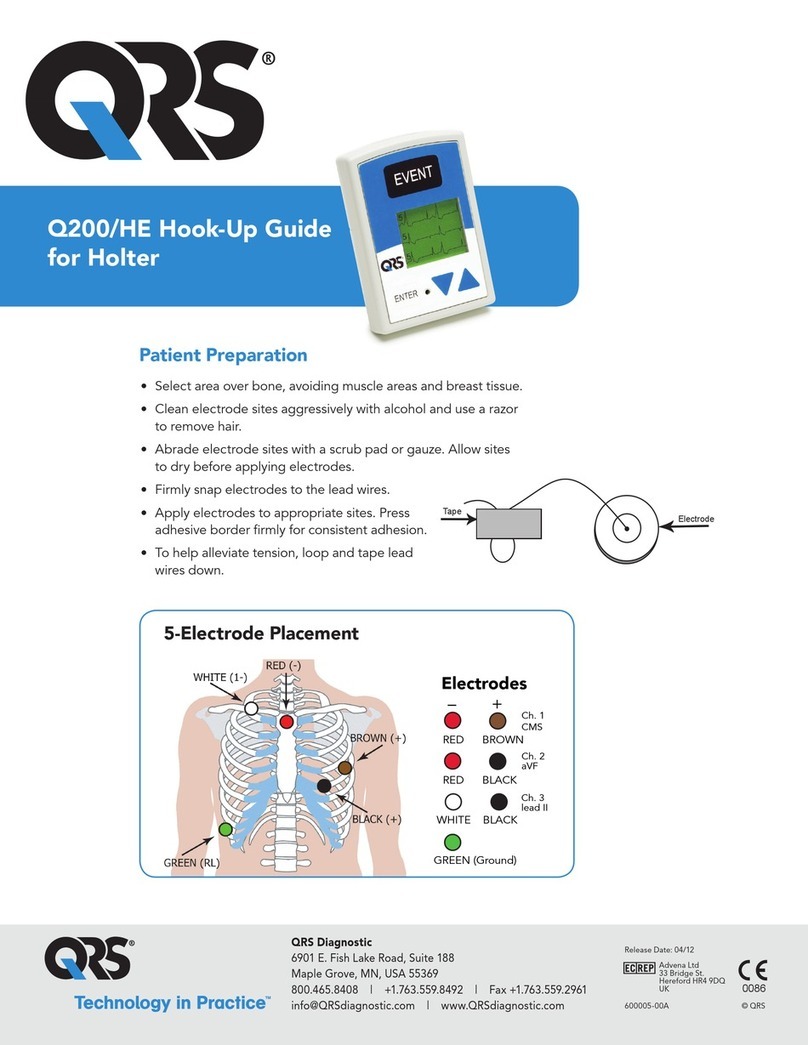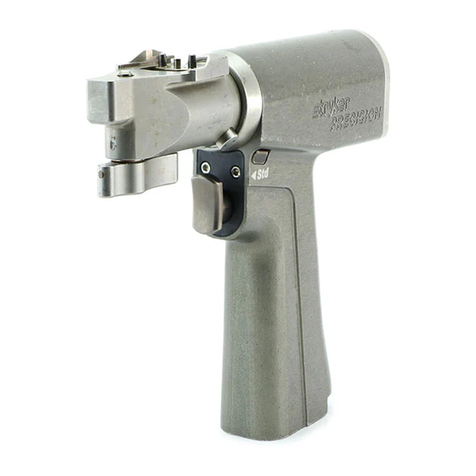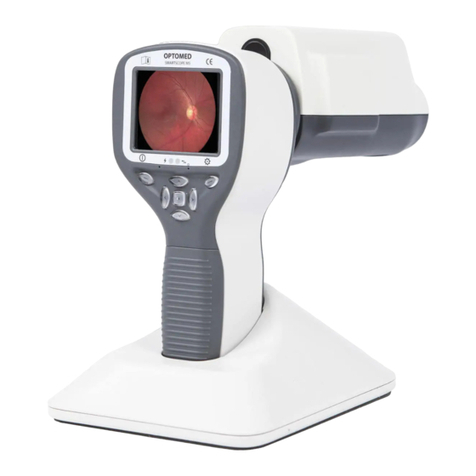
LIFE2000® VENTILATION SYSTEM INTRODUCTION
Life2000® Ventilation System Service (PL-20-0050 REV A) 3
• Use only approved accessories and replacement parts with the ventilation system. If
unauthorized accessories or replacement parts are used with the system, the ventilation system
may be damaged and performance may be degraded.
• Do not connect the ventilation system components or accessories to any other equipment that
is not described in this Instructions for Use.
• Adding attachments or other components and/or sub-assemblies to the ventilator breathing
system can cause an increase in expiratory resistance at the patient connection.
• Adding humidification or nebulization can increase the resistance of the breathing circuit. The
operator of the ventilation system needs to monitor the breathing system for increased
resistance and blockage.
• Ventilator accuracy can be affected by the gas added by use of a nebulizer.
• To ensure accuracy of oxygen administration and to monitor for the presence of contamination
(incorrect gas connected), use an external oxygen monitor to verify the oxygen concentration
in the delivered gas.
• To monitor minute volume, use an external exhaled volume monitor.
• Before beginning ventilation therapy in Stand-Alone Configuration, verify that there is an
adequate supply of source gas supply for the intended duration of the therapy. Otherwise, the
patient may not receive appropriate therapy.
• Use only a Life2000® source gas supply hose with the ventilation system. If an unauthorized
source gas supply hose is used with the ventilation system, the system may be damaged.
• Only use the ventilator with the compressor or approved medical grade compressed oxygen.
Use with non-approved sources of gas may cause the ventilator to malfunction and the patient
may not receive appropriate respiratory therapy.
• If using the ventilator with an alternate gas source in Stand-Alone Configuration, and the
ventilator is not used with a regulator capable of 41 PSI to 87 PSI (nominal 50 PSI) with greater
than 40 LPM capability, patients may not receive appropriate respiratory therapy.
• To prevent risk of cross-contamination, clean and disinfect the ventilation system before using it
on a new patient, and use a new Breathe Pillows Entrainment Interface or Universal Circuit®
Connector. For the third-party patient mask, refer to the user guide provided by the
manufacturer. Replace the oxygen hose between patients.
• Interfaces are designed for single-patient use. To prevent risk of cross-contamination use a new
Breathe Pillows Entrainment Interface or Universal Circuit® Connector for each new patient. For
third-party masks or tubes, refer to the user guide provided by the manufacturer for
replacement and/or cleaning and disinfection instructions.
• Do not subject interfaces or source gas supply hoses to heat sterilization, hot water
pasteurization, autoclaving, radiation sterilization, ethylene oxide gas sterilization, or attempt
to clean them in a dishwasher or microwave oven. Doing any of these may damage the
interfaces or hoses and impair gas delivery.
• If using the Breathe Pillows Entrainment Interface, properly secure the patient interface to the
face and route tubing around the ears to avoid strangulation.
• The interface, source gas supply hose, and power cords should be positioned to avoid
restricting movement, causing a tripping hazard, or posing a strangulation risk.
• Do not cover or block the compressor’s internal alarm buzzer with any object. Covering the
buzzer may make it difficult for a patient or caregiver to hear alarms, which may result in
inadequate respiratory therapy.
• Do not cover the ventilator, touch screen, speaker, or backup alarm buzzer with tape or any
other object. Covering the ventilator or any of its parts might cause difficulty in hearing alarms
and might affect ventilator performance.
• Ensure that the alarm loudness is set above the loudness of your surroundings.




















